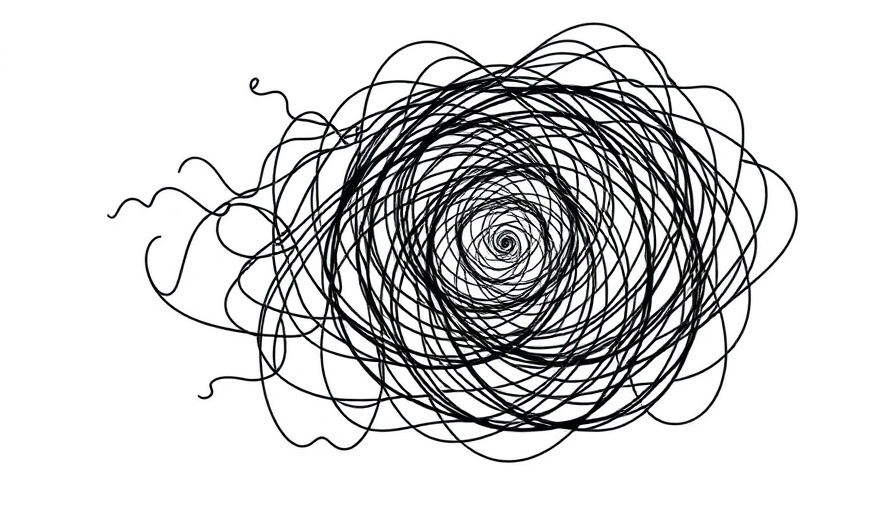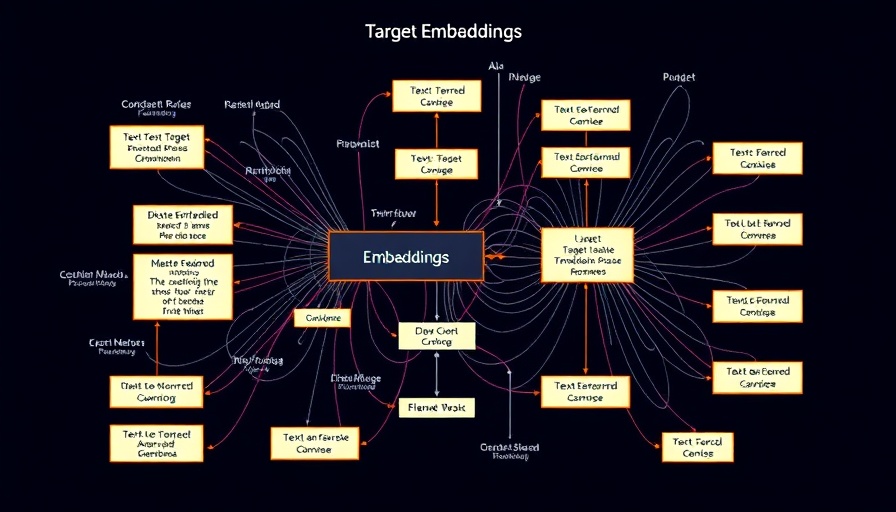
Unraveling the Mystery: How Deep Learning Powers Single-Cell Sequencing
The brilliance of biological systems lies deeply embedded within each cell's unique genetic orchestration. Just like each character in a story contributes to the plot, every cell boasts its own identity shaped by the intricate dance of genes and proteins, even if they share the same DNA. Enter deep learning—a powerful tool that is enhancing our comprehension of this genetic narrative through single-cell sequencing (sc-seq).
The Impressive Evolution of Single-Cell Sequencing
Back in 2013, Nature heralded single-cell RNA sequencing as the Method of the Year, recognizing its substantial impact on cellular research. It’s like shifting from reading an entire book to examining each sentence; researchers can now unravel the genetic makeup at the individual cell level. With over 1000 analysis tools in the scRNA-tools database by 2021, one can only imagine how vital deep learning techniques have become in interpreting these vast data sets.
The Role of Deep Learning: Transforming Analysis
Deep learning, a subset of artificial intelligence, mimics how humans learn. In the context of single-cell sequencing, it enables sophisticated analysis of the complex data generated by sc-seq technologies. These techniques help identify cellular diversity, revealing how different genes express themselves based on their cellular environment. This means we no longer have to rely solely on conventional methods that might miss key insights. Instead, deep learning algorithms can meticulously detect subtle variations among cells, like finding individual threads in a tapestry.
Why This Matters: Cellular Insights for Better Health
Understanding the diversity among cells is more than just an academic pursuit; it holds the potential to revolutionize how we tackle diseases. For instance, identifying which immune cells are active can aid in pinpointing how to improve treatments for autoimmune disorders. If we could visualize these subtle distinctions, much like using a microscope to see minute details, the implications for personalized medicine become profound.
In summary, the digital microscope of deep learning is opening our eyes to the wealth of information nestled within our cells. It's an exciting time in the scientific community, and for anyone invested in the future of healthcare, understanding these technologies can unlock new paths toward enhanced well-being.
 Add Row
Add Row  Add
Add 




 Add Row
Add Row  Add
Add 


Write A Comment